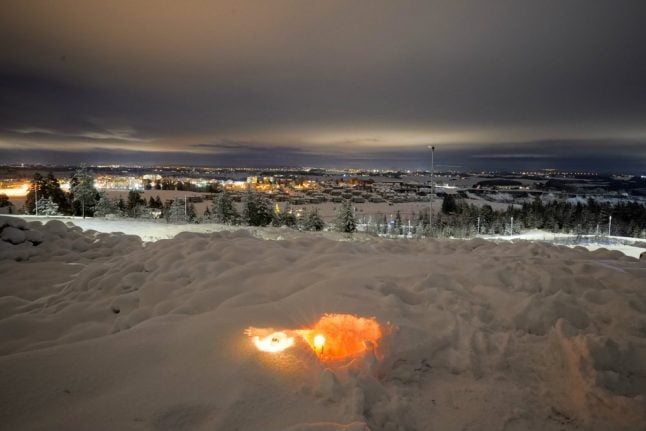A 29-year-old worker died and two others were injured in the slide on June 5th when 3,000 cubic metres of rock swept down a cliff in the Gurtnellen region of canton Uri.
Experts detonated 300 kilogrammes of explosives to dislodge a further 2,500 cubic metres of rock overhanging the rail line, a major north-south route through the Alps.
In a statement, Swiss Federal Railways (SBB) said the operation succeeded in removing the lingering threat posed by the cliff face.
After the blast, geologists examined the site from a helicopter that hovered over the mountainous terrain.
“We are very satisfied with the dynamite operation,” SBB geologist Marc Hauser said.
The cost of the operation is estimated at 10 million francs.
Work on clearing the tracks will start only after the cliff is further inspected, the SBB said.
Meanwhile, a Lucerne newspaper is questioning whether an error in judgment was involved in the death and injuries of workers who were examining the cliff when the landslide initially occurred.
The Neue Luzerner Zeitung reported that geologists were aware of a movement of the rock mass before the slide occurred.
Earlier in March a part of the cliff detached, although at that time experts for the railway felt there was no further risk.


 Please whitelist us to continue reading.
Please whitelist us to continue reading.
Member comments